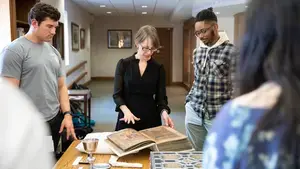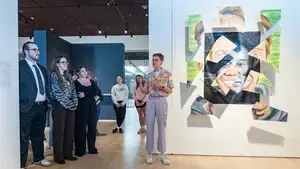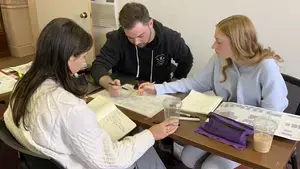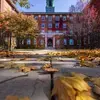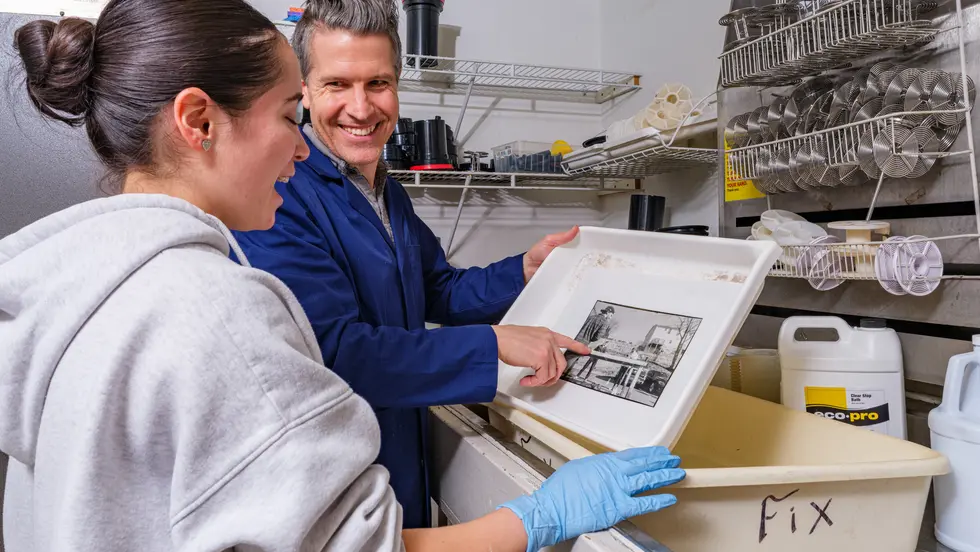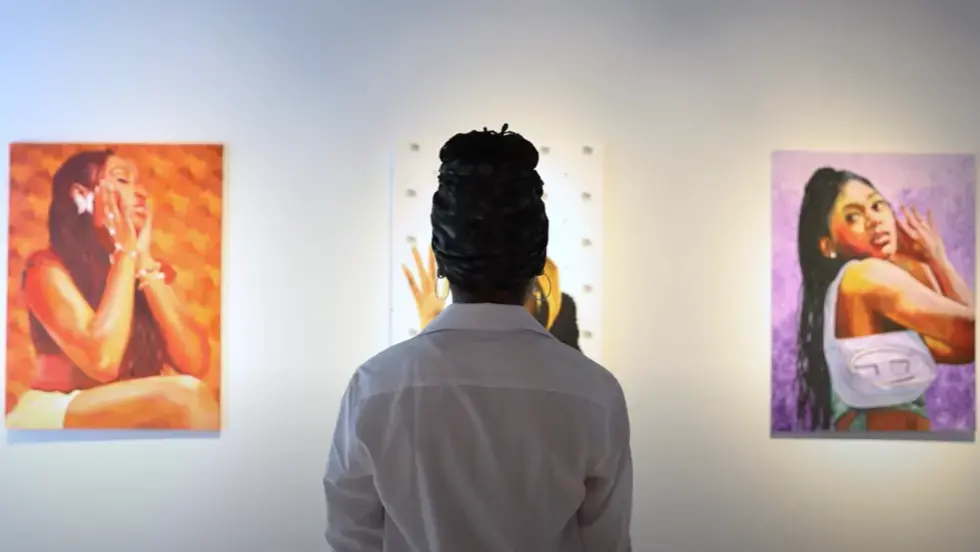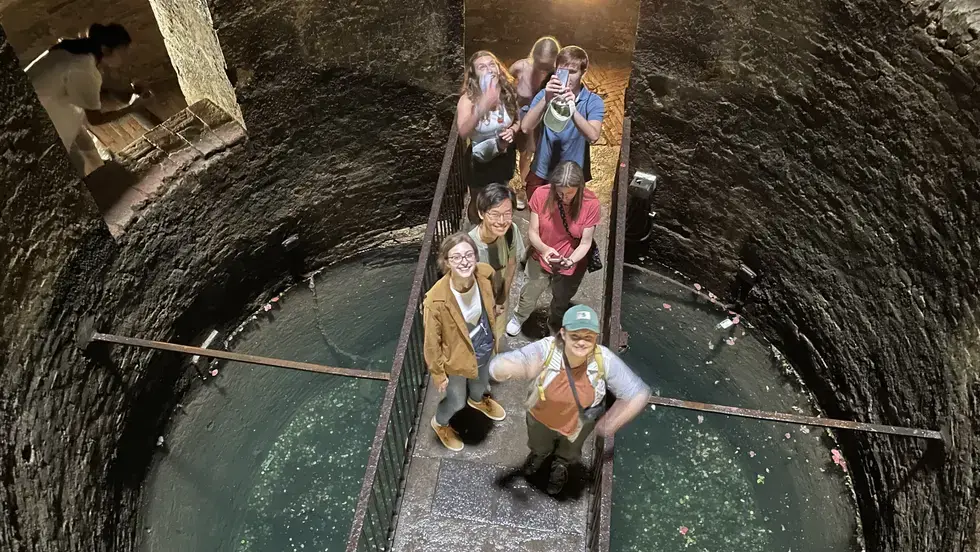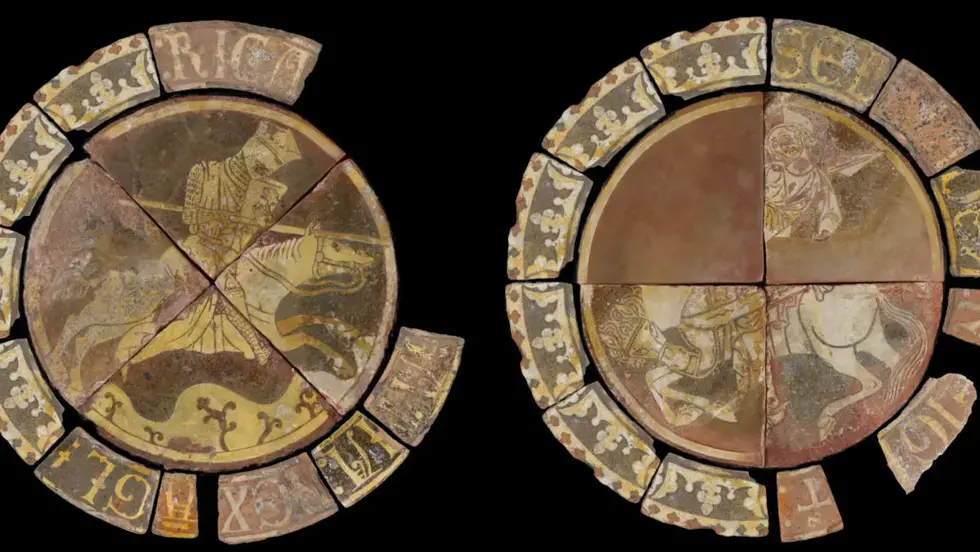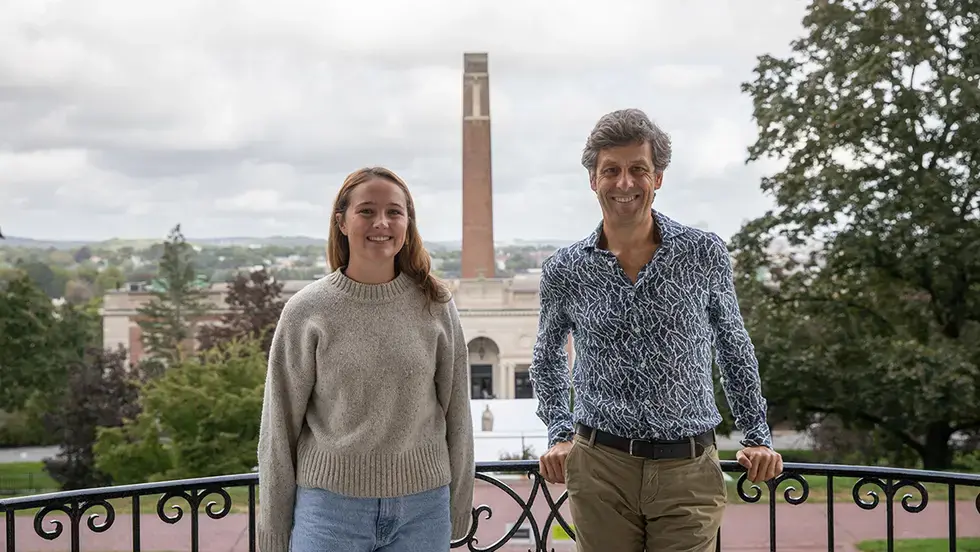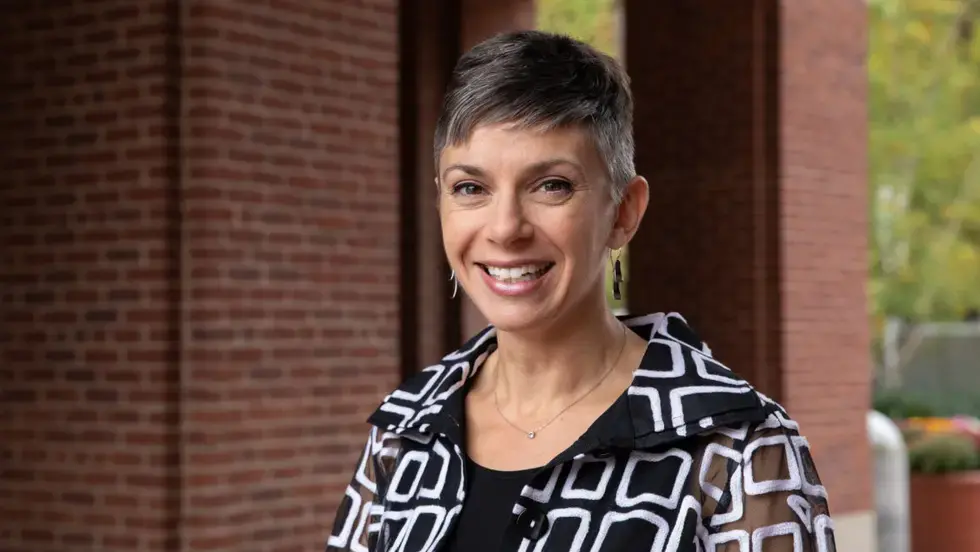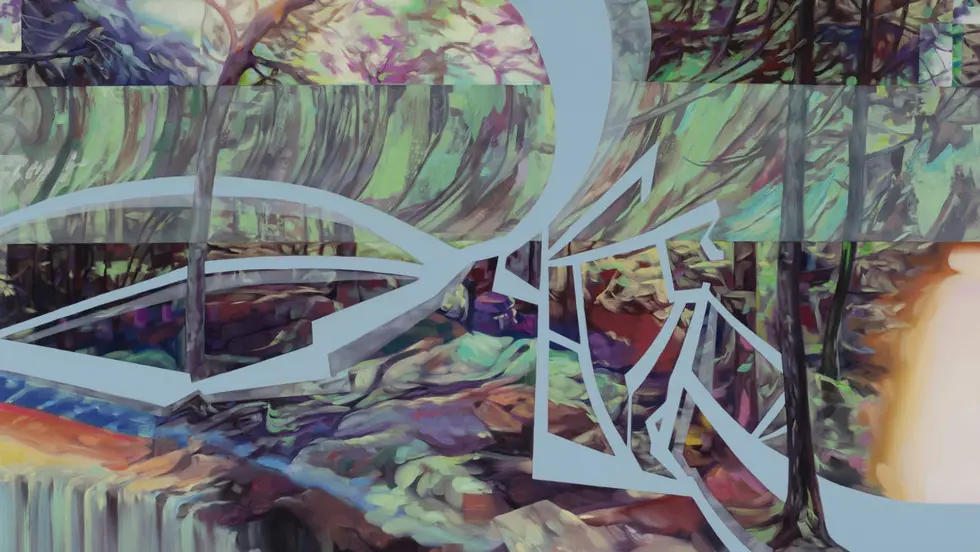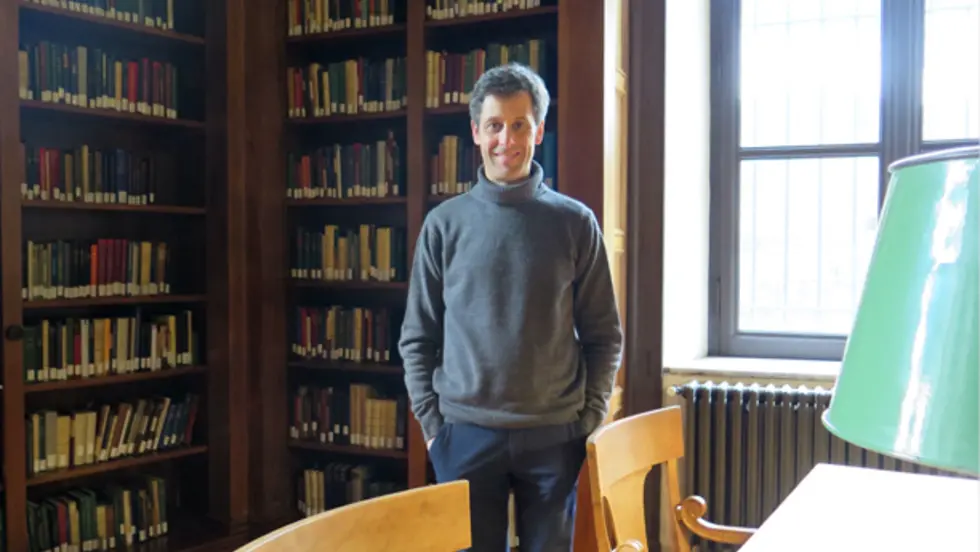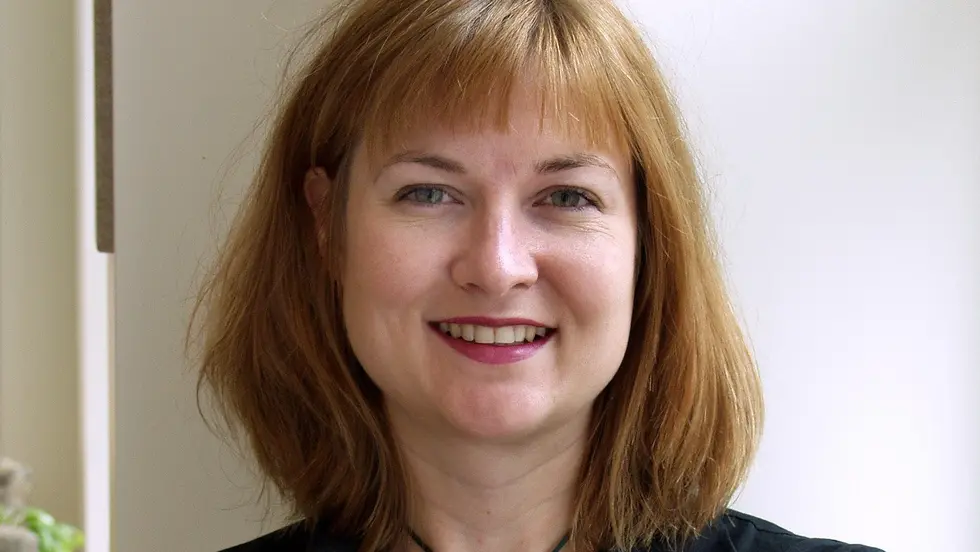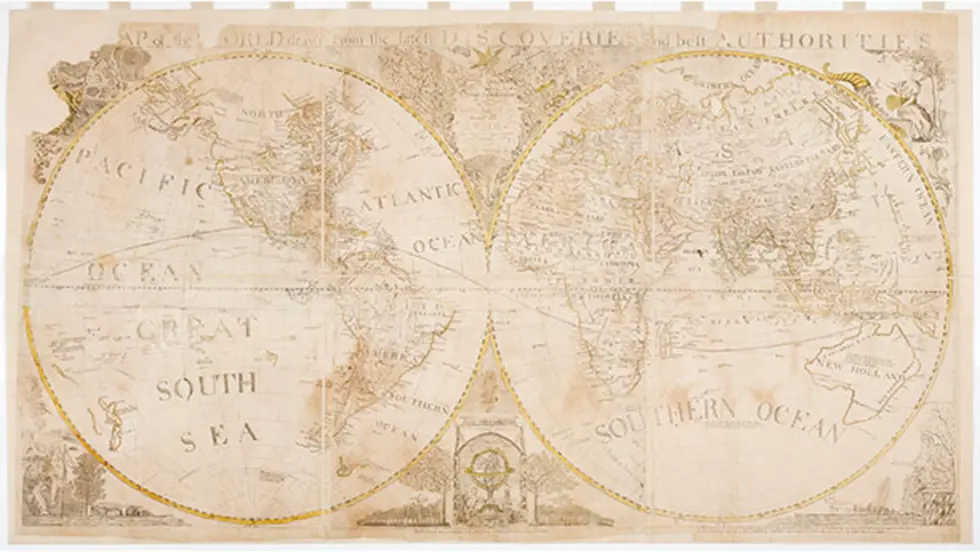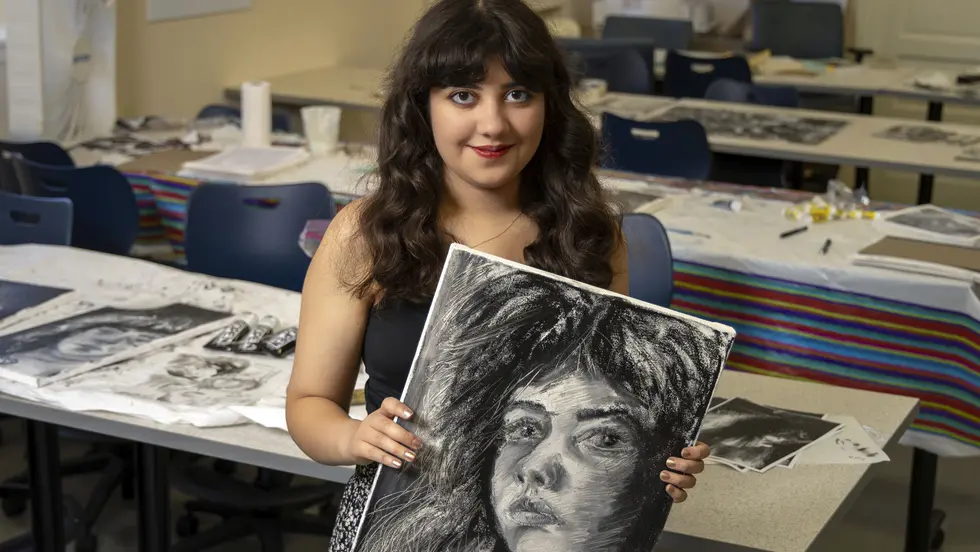
Visual Arts
Exploring the visual arts is a fundamental part of a liberal arts education, where the study and practice of the visual arts strengthens our capacity to see, evaluate and understand the world around us.
The Department of Visual Arts is home to three dynamic programs: History of Art, Studio and Architectural Studies. From conducting art historical research, to engaging in multimedia studio work, to specialized opportunities in architectural and museum studies, our students develop a broad range of approaches that are the hallmark of studying at a liberal arts college.
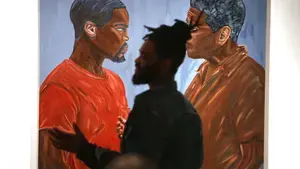
Why Study Visual Arts?
Visual arts students study and analyze a wide variety of cultural expressions and have many hands-on opportunities for creative investigation; they study works of art and architecture in their cultural, social, political and historical contexts. Students acquire analytical skills that extend beyond works of art to any visual material — a skill relevant to a world in which visual media dominates.
Courses of Study
Art History: Major, Minor
In the history of art, students closely study various objects and sites to come to an understanding of the individuals, social contexts and material realities of the past and how this informs the present day. Students also examine the rich heritage of global artistic and cultural traditions through specialized lecture and seminar courses. Our department offers both introductory and advanced courses that explore a broad range of pre-modern and modern artistic traditions and practices.
Studio Art: Major, Minor
Studio art requires visual thinking, precise observation and creative invention, while inspiring discussion and flexible, innovative problem-solving skills. Studio courses engage traditional and new methods of art-making in the process of creating original work. Our faculty maintain a vibrant artistic practice across different media, including painting, drawing, sculpture, photography and printmaking.
Architectural Studies: Major, Minor
Architectural studies connects the history of art and studio by exploring issues related to design, space and place. The rich cultural resources of New England and the greater Northeast form an integral part of our department’s curriculum, offering our students abundant learning, community engagement and internship opportunities.
Meet Your Department Chair

